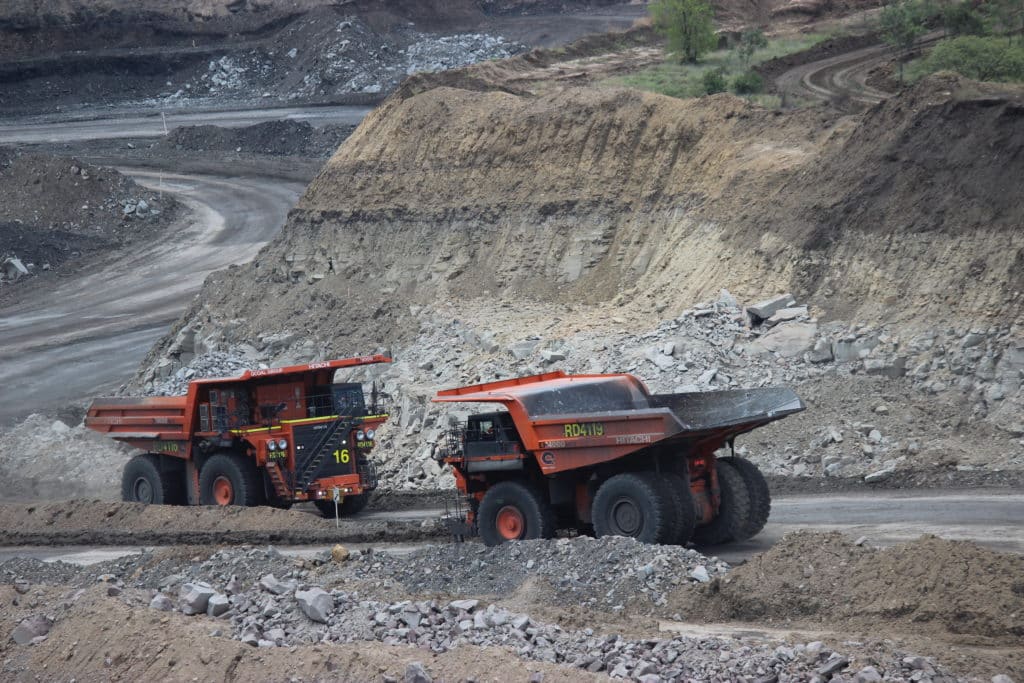
By the authority of the Minister himself, the QLD Department of Natural Resources and Mines has released the 20th issue of accepted standards within the mining industry. The document outlines the acceptable practices, behaviours and procedures to be executed in various situations, circumstances and contexts specific to the mining industry. If a mine site does not follow the procedures expressed in the “Recognised Standard 20” document it is deemed as admissible evidence of failure.
This years released document “Recognised Standard 20”, is a fundamental step forward for raising standards within the mining industry. It is one of the first official documents that has advised for the addition of additives, and chemicals to water to assist in dust control. In previous, documents released by the QLD Department, it was recommended that water alone is sufficient to mitigate against dust suspension and propagation. However, after many years of industry development and experience, it has been observed that water never was, and never has been a cost effective and efficient method of controlling dust in a mining context. The reason is due to the chemical properties of water and material ore, such as coal dust. One of the most common health issues to miners is from coal dust, which can cause long term illnesses, such as black lung disease.
Coal dust is a naturally hydrophobic material, meaning the chemical structure of the coal dust does not mix well with the chemical structure of water. When the water and coal dust mix together, rather than the dust becoming captured by the water, the dust particles quite literally bounce off the surface tension of the water droplets (especially if the water is spread across an area under high pressure), and as a result becomes suspended. If the coal dust is suspended in the air, the exposure to miners becomes sufficiently elevated, as chances of inhalation sky rockets. Once the water is spread across the area, you have a scenario where the area is completely flooded, an expensive water bill in your pocket, suspension of toxic dust, which can be blown by windy conditions to local residential areas (as was seen in the Moranbah case in the previous article released by GRT) and yet, you’re no closer to resolving the issue of suspended dust at the site. After a few hours, a large portion of the water is evaporated, the dust once again blankets the area and you’re back to square one, except the expensive water bill is still in your pocket.
GRT supplies such products that are capable of maximising dust suppression. On their website (seen below) there are a range of products that range for different contexts within the mining industry. Each product is specially engineered to deal specifically to each circumstance or scenario. Below is a brief description of some of the products that Global Road Technology offers.
Is an engineered liquid polymer that is added to watering trucks, and is one of the most versatile products that GRT offer. It is capable of being utilised in most suppression projects. The length of time at which it captures dust particles is 500% longer than normal water.
GRT Activate
GRT Activate is capable of being installed through existing spray systems and trucks.
This product is designed to specifically deal with the hydrophobic fine dust that is found in coal mines, including dust matter that is not visible to the human eye, but are dangerous if inhaled.
The application of this product is for quarrying crushers, conveyors and road construction. This product once applied, can last up to 12 months.
GRT Activate UG.
Activate UG is a product that has been specifically engineered to be most effective in an underground mining environment for longwall operations, development mining and conveyor systems. After the product has been sprayed it is completely biodegradable, and poses no threat to the environment after use.
GRT: Ore – Loc
The GRT Ore – Loc is a versatile product, its principal function is to cover a load, and ensure no hazardous materials, or dust is suspended from any short term or long term static loads. The polymer based product is capable of drying in wet, dry and extreme climates, making it capable of being utilised in an open mine and underground environment. Just covering the loads with plastic sheets is no longer an acceptable practice in the industry, as now expressed in the recent Standard 20 document. A strong gust is enough to destabilise the plastic sheeting and suspend the idle dust, and losing large quantities of materials.
Are environmental regulations, health and safety concerns or potential profit loss a concern right now?
Contact Us Now